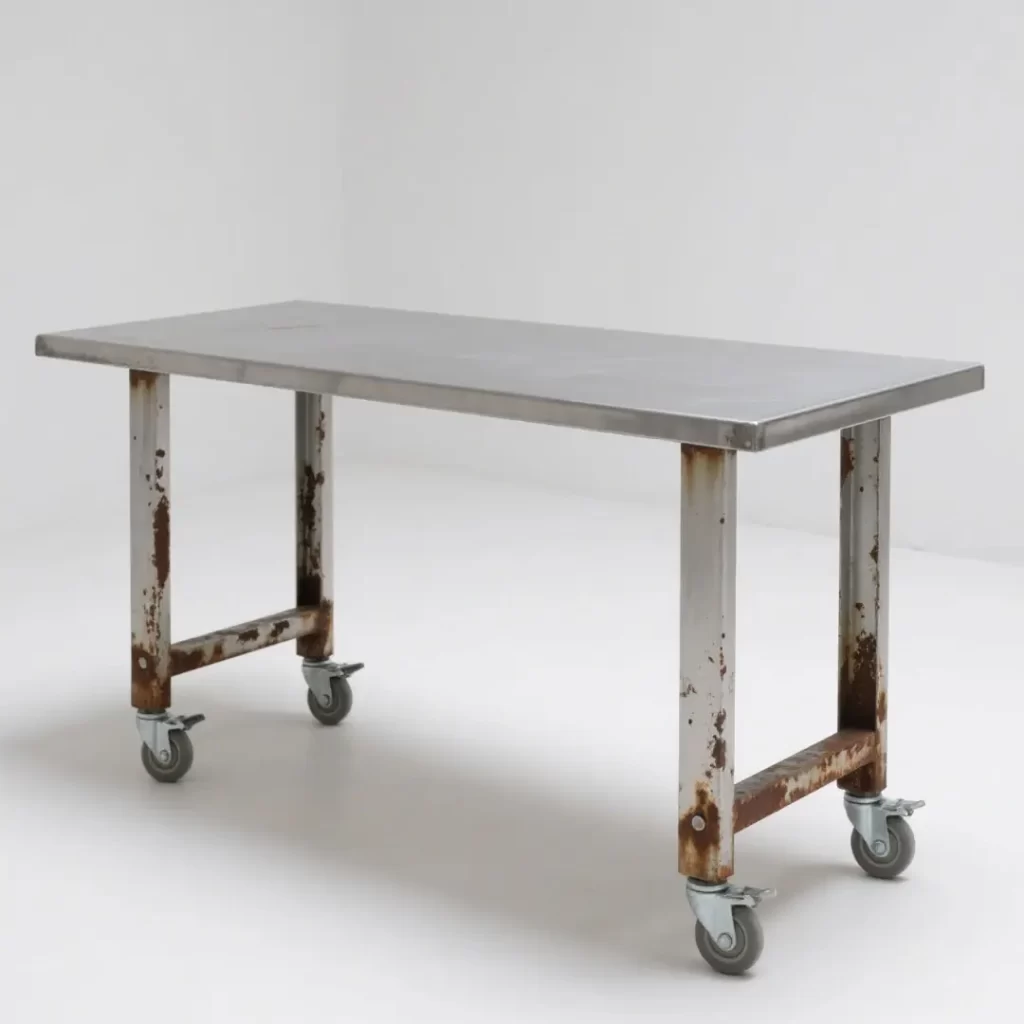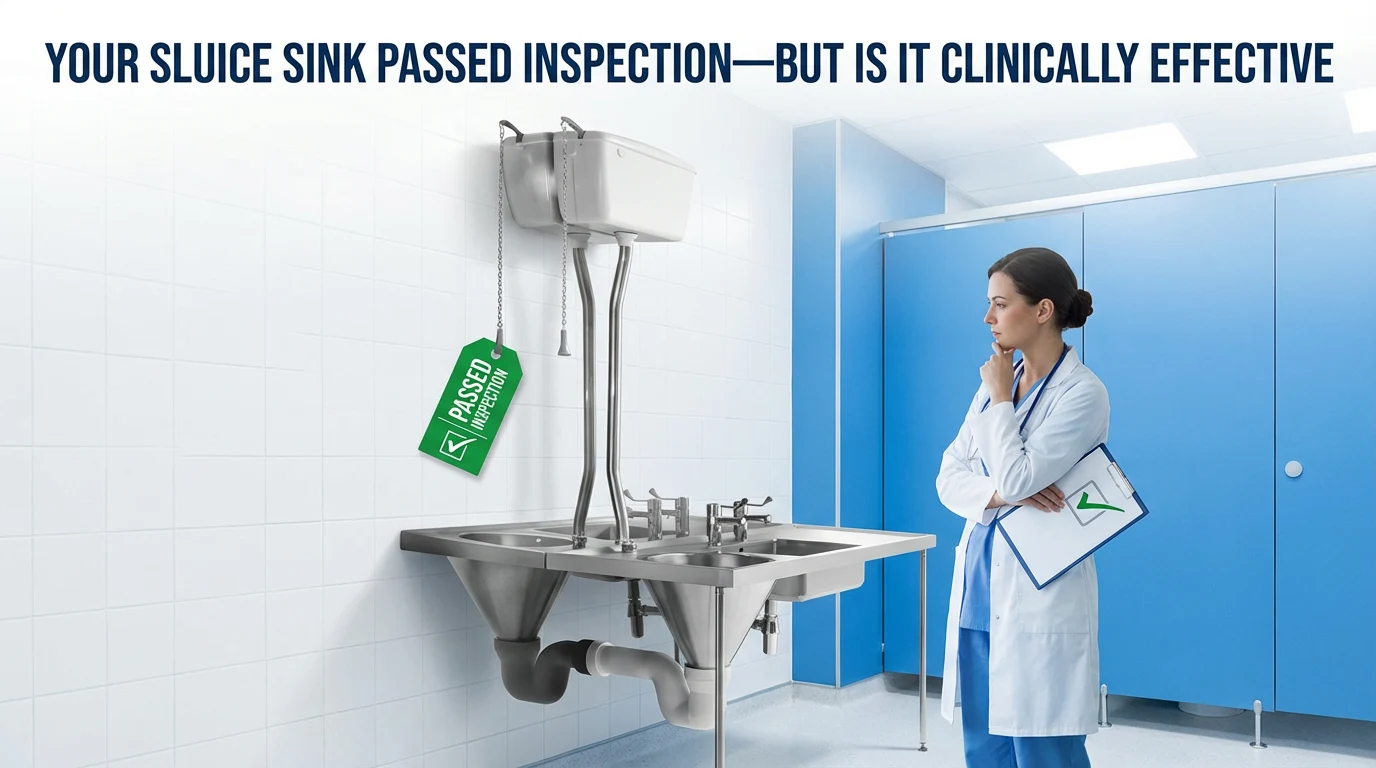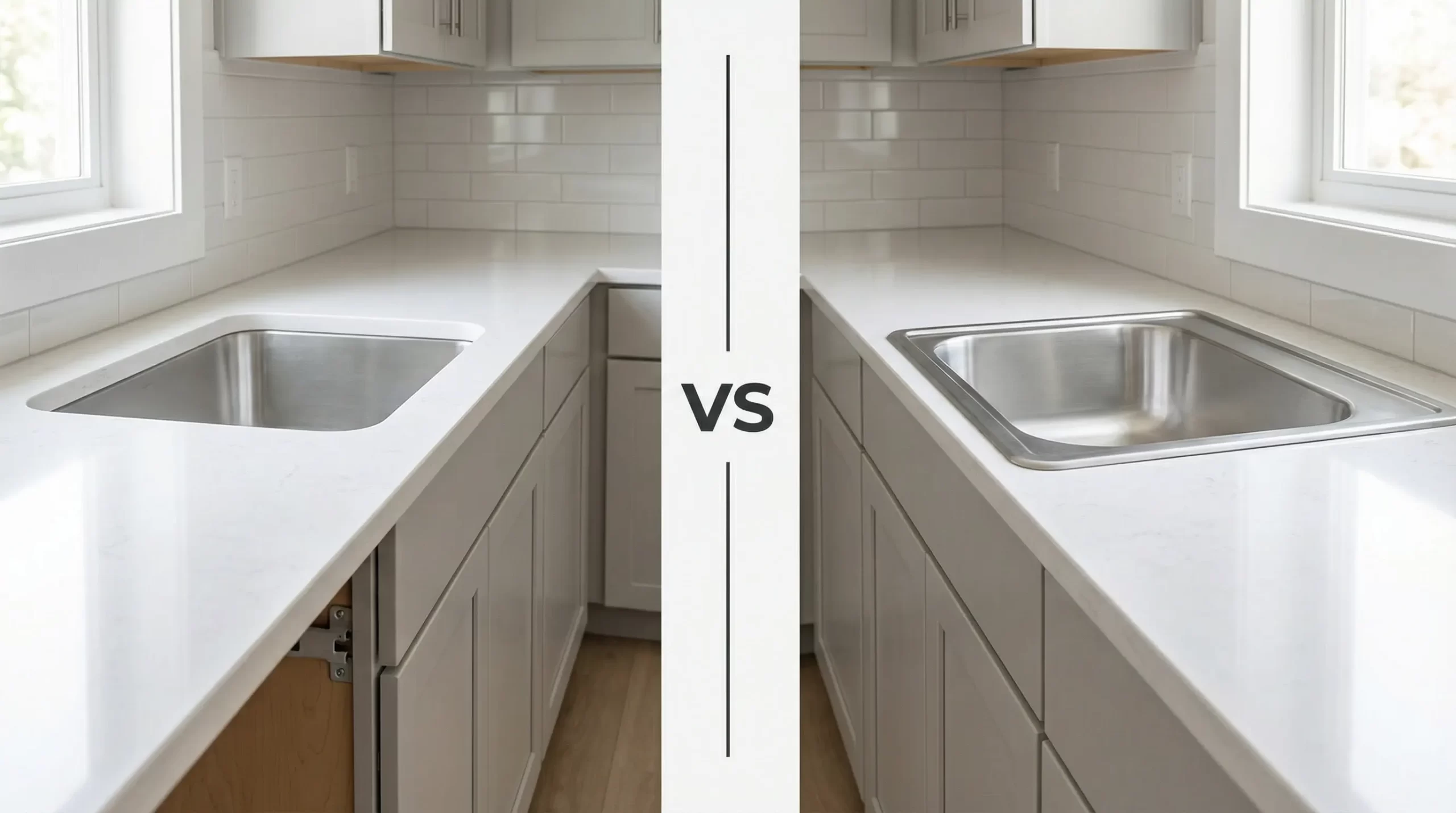What Is the Life Expectancy of a Stainless Steel Table with Wheels
The life of a stainless steel table with wheels is usually 10-20 years, depending on the material (304 or 316), design, usage environment and maintenance. Selecting high-quality steel and strong wheels, and carefully cleaning and inspecting can extend the life to 25 years+.
Introduction
A stainless steel table with wheels is the go-to helper you’ll spot in hospitals, restaurants, and labs. It’s tough, easy to roll around, and super clean. Whether it’s a busy kitchen worktable that never stops or a lab bench that shrugs off corrosive spills, this piece of stainless steel furniture can handle the heat. Curious how long it’ll stick around? Knowing that can help you figure out if it’s worth the cash and how to keep it kicking for extra years.
The lifespan hinges on a few big things: the quality of the material, how well it’s built, where you use it, and how you take care of it. Type 304 stainless steel is your everyday champ, while 316 steps up for harsher conditions. A solid build with smooth-rolling wheels means it’ll last longer. But if it’s always wet, splashed with chemicals, or treated rough, it might call it quits early. The good news? With some basic upkeep, like wiping it down and checking the parts, a top-notch stainless steel table with wheels can hang in there for 10-20 years, maybe more. Want to squeeze out every last drop of value? Keep reading.

What Affects the Lifespan of a Stainless Steel Table
How long a stainless steel table with wheels lasts isn’t a wild guess; it depends on some key factors. Get a grip on these, and you’ll snag a good one without tripping over pitfalls.
- Material Quality: The type of stainless steel is everything. Type 304 is corrosion-resistant and budget-friendly, perfect for kitchen or hospital setups where hygiene matters, holding up fine against steam and mild acids. Type 316 is tougher, built to resist harsh chemical corrosion, making it a solid pick for labs or factories. Go cheap with low-grade stuff, and you’ll see rust in two or three years, cutting its life short.
- Design and Build: A great table leans on smart design. Seamless welding keeps the legs and top locked tight without weak spots. Beefy, reinforced legs and heavy-duty wheels, like industrial rubber ones with brakes, add years to its run. Sloppy welds or flimsy wheels? It’ll wobble after a few pushes and buckle under weight, dying out fast.
- Where It’s Used: The environment can make or break it. In a restaurant kitchen, high humidity, grease, and acidic cleaners (think citric stuff) wear it down over time. Labs throw brutal acids and bases at it, testing its limits. At home or in an office, it’s smooth sailing with almost no wear, so it lasts way longer.
- Upkeep Habits: Put in some effort, and it pays off. Wiping it with a gentle cleaner keeps grime and rust at bay. Slack off or scrub with steel wool, and scratches invite rust. Check the wheels and locks regularly; a drop of oil fixes a stuck bearing, and swapping out a busted part saves the whole table from dragging down.
These pieces fit together like a puzzle. Nail the material and design, manage the environment and upkeep, and your table sticks around for years.
How Long Can It Last on Average
A high-quality stainless steel table with wheels, used right and cared for, typically lasts 10-20 years. How far it goes depends on the material, the setting, and how much TLC you give it.
- Material Sets the Stage: A 304 stainless steel table in a restaurant or hospital usually hits around 15 years, thanks to its corrosion resistance handling steam and daily cleaners. A 316 version in a lab or chemical plant, with proper care, can push past 20 years. Cheap material? You’re looking at 5-10 years before rust and wheel failure kick in.
- Environment Shifts the Odds: In a damp, acidic kitchen with soy sauce and vinegar spills, it might drop to 10-12 years. In a lab with 316 steel and some protective tricks, it can stretch to 20-25 years. At home or in an office with minimal wear, a good one might even hit 25 or 30 years.
- Care Makes or Breaks It: Wipe it down weekly with dish soap, check the wheels monthly for smooth rolling, and inspect the welds and legs every few months to keep it in top shape. Skip that or use harsh cleaners, and it could crap out in 5-8 years.
Get the material, environment, and care working together, and you’ll max out its lifespan. Drop the ball on any one, and it’s checking out early.
How to Make Your Stainless Steel Table Last Longer
A stainless steel table with wheels is built tough, but a few smart moves can stretch its life by years. Here’s some practical advice:
- Clean It Right: Grab some dish soap and water weekly, wipe the stainless steel table surface with a soft cloth or sponge to knock off grease and dust. Skip the vinegar or bleach; they’re too acidic. Ditch the steel wool too, or you’ll scratch it up and invite rust. Once a month, rinse it with water and dry it off to stop water spots from turning into rust. Got heavy kitchen grease? A stainless steel cleaner spray works fast and safe.
- Keep the Parts in Check: Push the wheels and test the locks monthly. If they squeak, hit them with a drop of WD-40; if they’re shot, swap them out. Polyurethane or rubber wheels are quiet, tough, and can handle 200 pounds easy, so they’re worth a look. Every three months, check the legs and welds; tighten loose screws and fix cracks quick before they grow.
- Shield the Environment: In a lab, toss a corrosion-proof mat or coating on to block chemicals. In a restaurant, slap on a non-slip pad or silicone cover to cut down on dish scratches. Don’t park it next to a stove; heat makes stainless steel brittle, and moisture speeds up rust. In damp winter spots, a dehumidifier can help out.
- Use It Smart: Don’t drag it hard; roll it gently to save the wheels. Stick to the weight limit, like 150 pounds if that’s what it says, or the top will cave. When it’s sitting idle, don’t stack junk on it, or it’ll warp over time.
These steps are simple but take consistency. Kitchen, lab, or office, do it right, and your table keeps going strong.
When to Get a New One
Even the best stainless steel table with wheels has an endgame. Here’s when to call it quits, saving you cash and hassle:
- Surface Gives Up: Big rust patches pop up, or corrosion digs too deep to fix; the material’s toast. Repairs might cost over $100, so a new one makes more sense.
- Frame Falls Apart: Legs wobble like they’re drunk, welds snap, or the top tilts, making it shaky for loads and risky with heavy stuff. Safety first, replace it.
- Wheels Are Done: They won’t roll or lock, squeaking like crazy even after fixes; the whole table might be aging out. New wheels run $20 a pop, but if it’s constant, grab a new table.
- Cost Doesn’t Add Up: Fixing it hits half the original price (say, $100 to repair a $200 table), or it’s slowing down your work. Time to swap it out.
Spot these signs, and don’t push it. A fresh table boosts efficiency and cuts stress.

Summarize
A stainless steel table with wheels can clock 10-20 years, sometimes more, depending on the material (304 or 316), build quality, where it lives, and how you treat it. Type 304 handles daily grind, 316 tackles chemicals; pick the right one with tight welds and solid wheels, and you’ve got a winner. Harsh settings need extra shielding, and steady care, wiping and checking, adds years. When rust eats through, the frame collapses, wheels die, or repairs outweigh buying new, swap it out for smoother work.
Get a solid worktable and give it some love; it’ll pay off big. From chaotic restaurant kitchens to corrosion-fighting lab benches, choose smart and maintain it well, and this thing’s your trusty sidekick for the long haul. Pick the right steel, keep it up, and it’ll stick with you forever!






